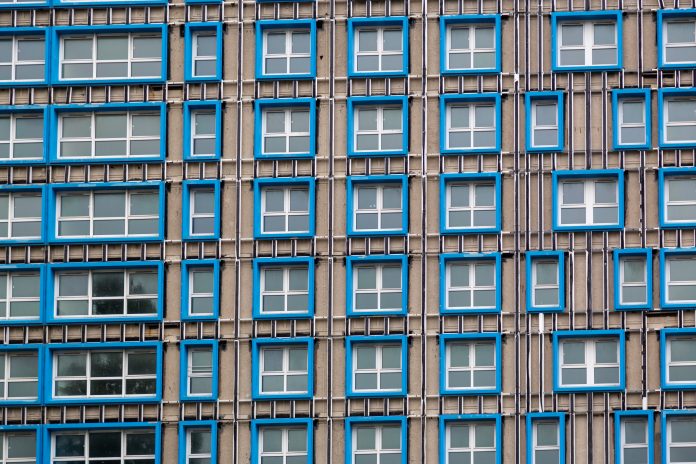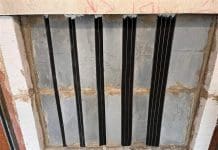Hundreds of thousands of leaseholders will be protected from the cost of replacing unsafe cladding on their homes, as housing secretary Robert Jenrick unveils a 5-point plan
With a £5bn investment in building safety, the Jenrick confirmed to the House of Commons that the government will fully fund the cost of replacing unsafe cladding for all leaseholders in residential buildings 18 metres (6-storeys) and over in England.
Five-point plan to bring an end to unsafe cladding
- Government will pay for the removal of unsafe cladding for leaseholders in all residential buildings 18 metres (6 storeys) and over in England
- Generous finance scheme to provide reassurance for leaseholders in buildings between 11 and 18 metres (4 to 6 storeys), ensuring they never pay more than £50 a month for cladding removal
- An industry levy and tax to ensure developers play their part
- A world-class new safety regime to ensure a tragedy like Grenfell never happens again
- Providing confidence to this part of the housing market including lenders and surveyors.
Under the scheme, no leaseholder will ever pay more than £50 a month towards the removal of unsafe cladding. This will provide reassurance and security to leaseholders, and mortgage providers can be confident that where cladding removal is needed, properties will be worth lending against.
The government is working with industry to reduce the need for EWS1 forms, preventing leaseholders from facing delays and allowing hundreds of thousands of homes to be sold, bought, or re-mortgaged once again.
The housing secretary announced plans to introduce a ‘Gateway 2’ developer levy. The proposed levy will be targeted and apply when developers seek permission to develop certain high-rise buildings in England.
In addition, a new tax will be introduced for the UK residential property development sector. This will raise at least £2bn over a decade to help pay for cladding remediation costs.
The government will protect future generations from similar mistakes by bringing forward legislation this year to tighten the regulation of building safety and to review the construction products regime to prevent malpractice arising again.
‘Providing certainty to residents and lenders’
Housing secretary Robert Jenrick, said: “This is a comprehensive plan to remove unsafe cladding, support leaseholders, restore confidence to this part of the housing market and ensure this situation never arises again.
“Our unprecedented intervention means the hundreds of thousands of leaseholders who live in higher-rise buildings will now pay nothing towards the cost of removing unsafe cladding.
“Remedying the failures of building safety cannot just be a responsibility for taxpayers. That is why we will also be introducing a levy and tax on developers to contribute to righting the wrongs of the past.
“These measures will provide certainty to residents and lenders, boosting the housing market, reinstating the value of properties and getting buying and selling homes back on track. We are working with lenders and surveyors to make this happen.
“Our landmark intervention will make homes safer and free those who did the right thing – saving for years to get on the property ladder – to enjoy the homes in which they have invested so much.”
The government will work closely with industry to design an appropriate scheme.
Further details on the scheme, including eligibility and the claims process, will be provided in the coming weeks.
Funding ‘unlikely to meet the cost of remediating all buildings’
Katherine Metcalfe, legal director at Pinsent Masons, said: “The government has been under considerable pressure to alleviate the burden on homeowners but the £3.5bn of funding announced today is unlikely to be sufficient to meet the cost of remediating all buildings with unsafe cladding.
“The Housing, Communities and Local Government Committee has estimated the cost to be almost £15bn. The devil will be in the detail.
“The current Building Safety Fund application process is complex, costly and time consuming and presents real hurdles for building owners who urgently want to improve safety for residents.
“A new tax on developers may discourage investment in new schemes, and result in higher rents or prices for homes within them.
“Clarification on when and where EWS1 forms are needed will be extremely welcome by homeowners, developers and lenders alike.”








![[VIDEO] Making DorTrak reports easy to read with Fireco Inspecting fire doors at Fireco, firedoor technology, 2023](https://www.pbctoday.co.uk/news/wp-content/uploads/2024/04/JPZ_2364-web-218x150.jpg)





